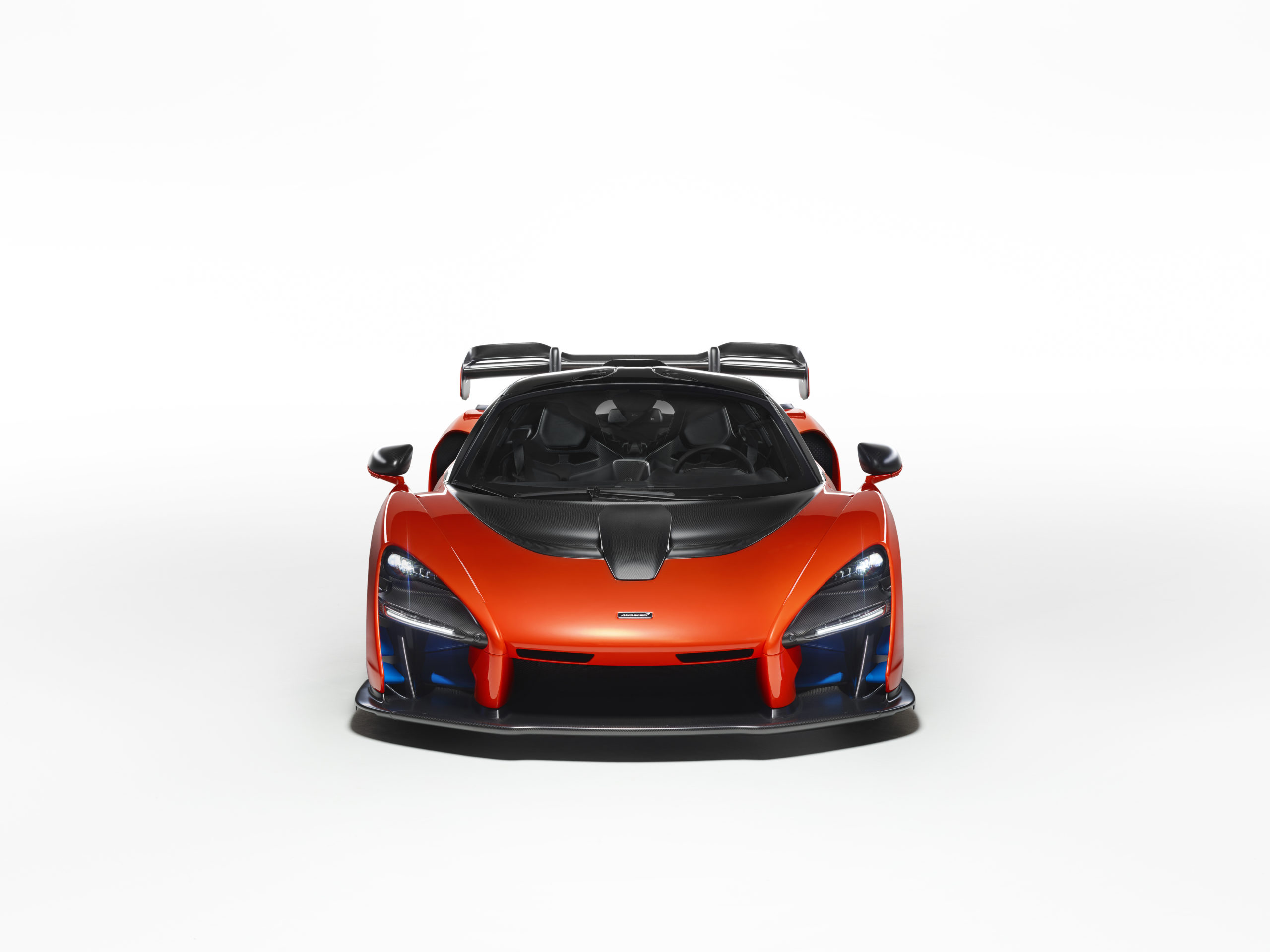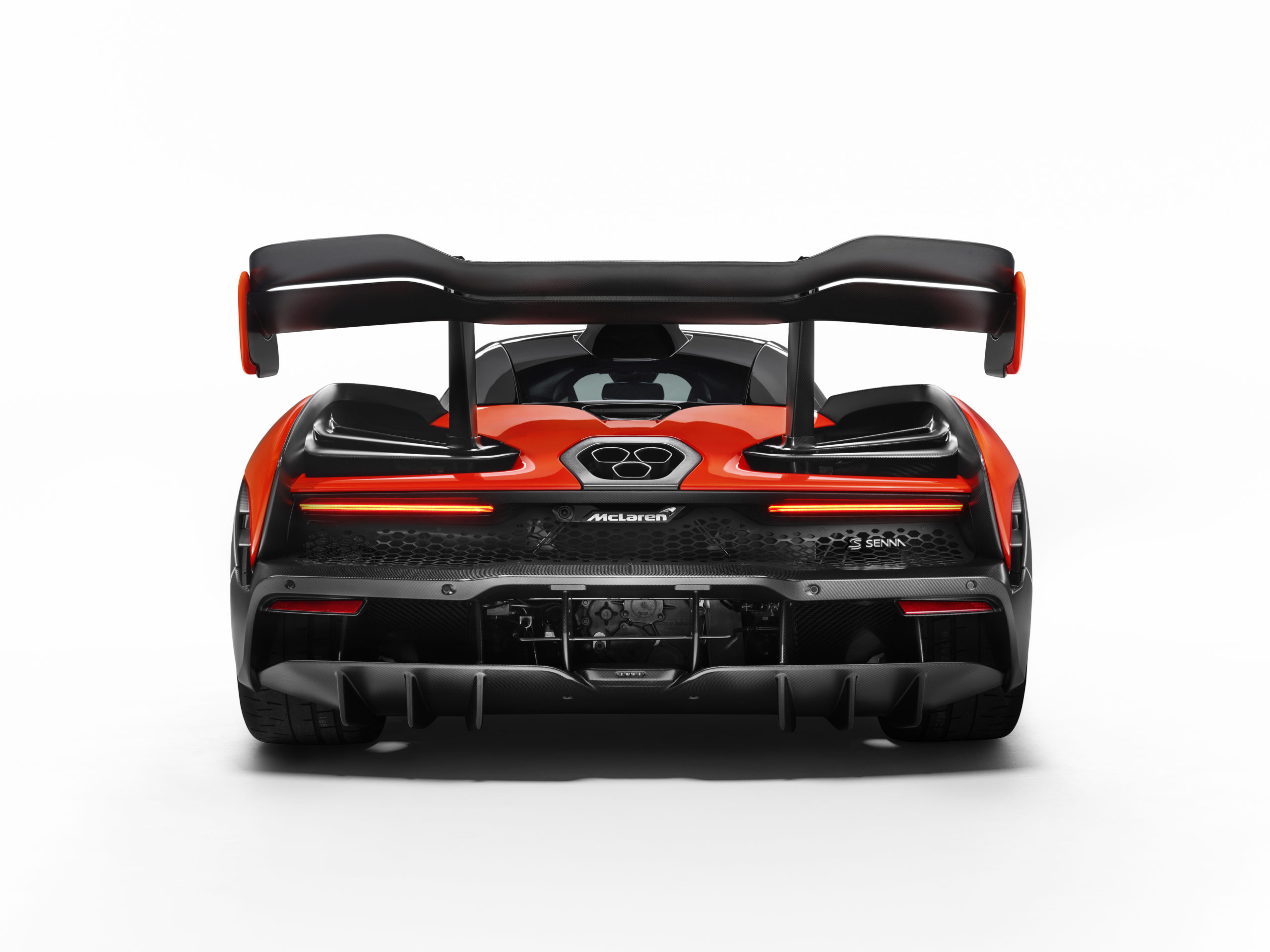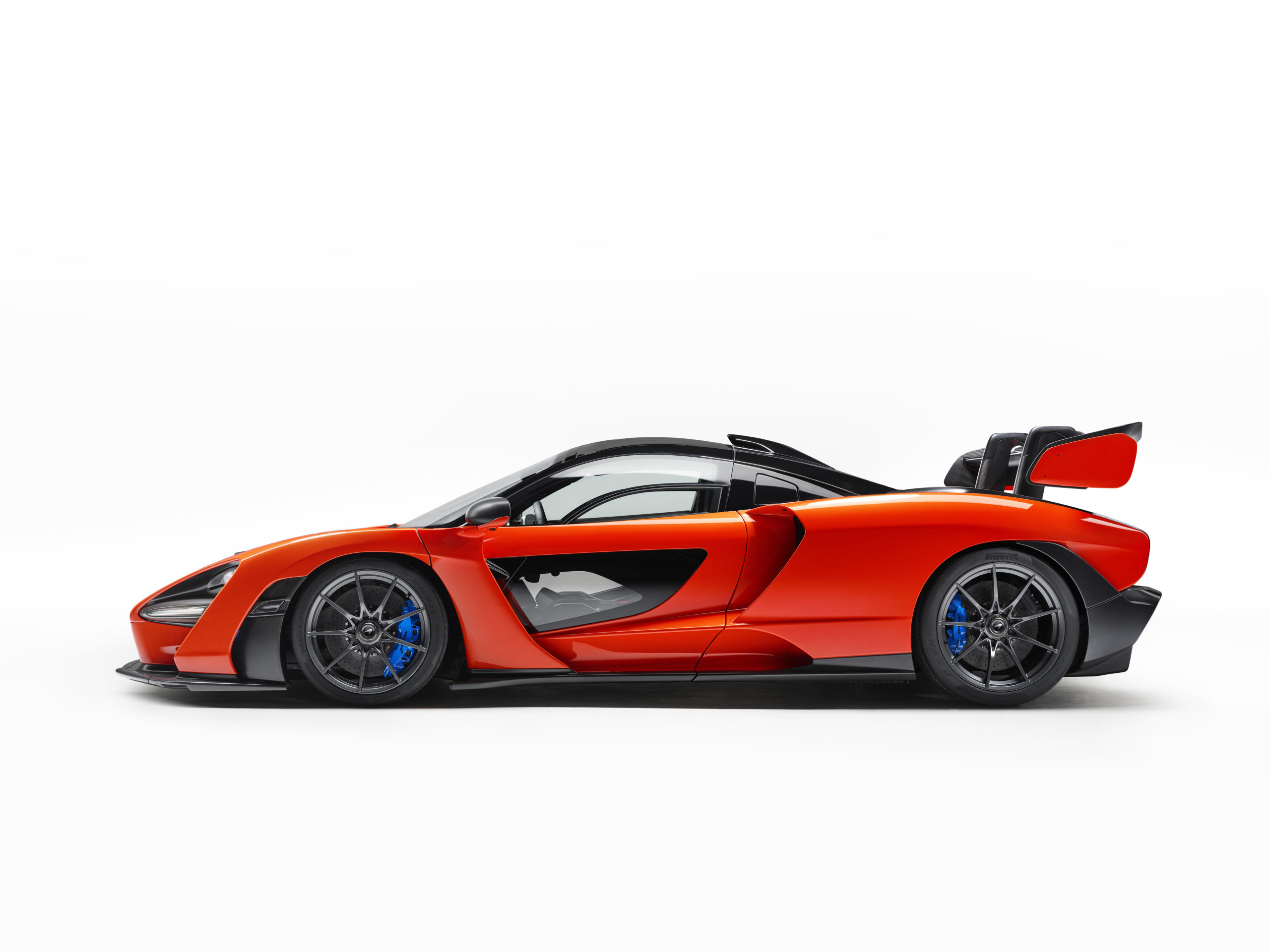Senna, with McLaren, continues to win after 25 years
Photo credit: McLaren
What a legend! The 500 examples of the McLaren Senna were all purchased before the official presentation at a price of 750,000 pounds and the last one, at the auction for the Senna Foundation, went for two million. The magical name of a driver capable of exalting fans for his courage and forthrightness, and one who left a bitter feeling of despair in those who saw him crash into the barriers at the Imola racetrack on 1st May 1994 is not the only gift of this car.

The all-carbon body which contributes to a claimed dry weight of just 1,198 kg, aerodynamic elements with precise Formula 1 origins such as the active aerodynamic appendages that can be raised or lowered according to the DRS principle in order to achieve maximum speed or greater braking power are all ingredients of a heady mix of emotions.

Emotions enhanced by the see-through panel in the lower portion of the doors that allows the driver to see the track or road whizzing past, strengthening the feeling of speed. The engine is the 3994cc V8 which, combined with a dual clutch transmission, transmits 800cv and 800nm of torque to the rear wheels for simply breath-taking performance: 0 to 100 km/h in 2.8 seconds and a maximum speed of 340 km/h.
